Title: SANCTUS SONORENSIS
Photographer/s: Philip Zimmermann
Contributor/s: none
Date of publication: 2009
Place of publication: Tucson, AZ
Dimensions: 10.75″x8.25″x1.5″
Edition size: 1000
Type of binding: Self-covering board book
Type of printing: Offset with gold foil titles and gilt edging on pages
Number of pages: 90
Number of pictures: 90
Printer: C&C Offset, China
Publisher: Spaceheater Editons
Designer: Philip Zimmermann
Editor: same
Language: English
ISBN: 978-0-9841980-1-6
Category: Artists’ book
Price: $50.00 USD plus shipping.
Summary: Sanctus Sonorensis is a book of border ‘beatitudes’. This work comments on the complicated attitudes of Americans on illegal immigration from Mexico. The cover shows a photograph of the area of Southern Arizona which is the most active in terms of migration across the Sonoran desert, and where thousands have lost their lives in the deadly desert heat. The interior pages show the progression of a typical high-desert day from dawn to sunset, mimicking the sky above an immigrant during a day’s desert passage, and accompanied by a single line of text on each two-page spread.
I had the germ of an idea for the book, and did some little preliminary sketches for it, during my sabbatical in 2003-2004. I was in a year-long residency at the Border Art Residency in La Union, New Mexico. I was taking a lot of photos of the incredible skies in New Mexico and Arizona while there, and they made their way into a lot of the work that I made during my year there. Living right on the border I was also very aware of the crossing of illegal Mexican immigrants, especially in a section of the Sonoran desert near Why and Ajo Arizona which I visited several times. In December of 2004, I was driving back into the United States from Mexico through the Lukeville border crossing. As I was traveling through the Organ Pipe Cactus National Monument just inside Arizona, I was stopped for a couple of hours by several groups of uniformed men. Each group consisted of a large number of heavily armed Border Patrol agents on some sort of special operations. The agents eventually lead out of the desert scrub a large number of illegal immigrants who had been hiding in the mesquite and cactus as they attempted to head north through the park. They clearly weren’t drug smugglers. They looked too poor and were unarmed. They made for a rather moving and pathetic sight, and looked disheveled and dejected. I had never seen an operation like this up close and it was rather upsetting, and got me thinking about the life these people were trying to make for themselves and the efforts that we in the United States make to prevent them from coming here. Sanctus Sonorensis was a work that eventually came out of this experience.
The starkness of our immigration law in regards to undocumented workers was made evident again when I almost got my camera confiscated by the Border Patrol while I was taking photos of several busloads of undocumented Mexican workers being transported by agents back across the border into Mexico in Agua Prieta. The disparity between the unhappy apprehended Mexicans being returned back across the border and the reality of the fact that there are 460,000 undocumented Mexican workers in Arizona alone, seemed glaring. Most of them pay taxes while they are here and usually fill unpleasant and difficult jobs that most Americans will not take.
During the summer of 2006 I did a one month residency at Light Work at Syracuse University in New York State, and while there I completed two books that I had started work on earlier, Shelter and a finished inkjet version of Sanctus Sonorensis. Like some other books I have done, I planned on having two different editions, one inkjet and the other either offset or HP Indigo. After I printed about 5 or 6 copies of Sanctus on my Epson printer I realized that it was not feasible. Each book took almost $50 of archival pigmented inkjet ink and paper and had the familiar inkjet problem of fragile, easily scuffed, pages.
I was determined to raise the money to have it printed offset, which is my preferred printing medium. I had pitched the idea to Light Work since they occasionally will print a monograph of one of the artists’ that do a residency there. However it was a bit too large a book project for them to take on. After my move out here to teach at the University of Arizona in 2008, I tried getting a couple of grants to help with production costs, including one from the Arizona Council on the Arts. Unlike New York’s NYFA though, I found out that they do not give money to help with publication printing costs, not realizing that for artists’ book makers, this is like getting money for paints or film or whatever.
I decided to fund the project myself, though it was a real financial stretch. I knew that I wanted it to be a board book, a form that has no conventional sewn gutter since the spreads are printed as one sheet, using the paper as the folding hinge. This is terrific for images that cross the pages like the skyscapes I used. It seemed like the prefect solution would have been to have it printed in either the United States or Mexico in print shops that had Mexican employees. However, only printers in Asia had the experience to make a board book of this size. My sales rep, Frances Harkness, at C&C Offset Printing in New York (an “off-shore” Chinese printing company with a branch in NYC) had been a student of mine many years ago at Purchase College, SUNY. She knows artists’ books and, like many artists’ book-makers, I like to push the physical structures of the book form, and she helped with some suggestions as far as production. C&C is probably one of the most experienced board-book printers in the world, a funny niche production area for printing. They printed over 100,000 copies of Art Spiegelman’s In the Shadow of No Towers, another large board-book.
I wanted to really try to push the missal-breviary-beatitude idea by making it look like a sort of very high tech version of those Catholic book forms. I added gilded edges, the rounded corners and the gold-foil stamped titles to have a visual association with a religious book like a breviary or missal. The text is meant to be read out loud as if by priest or an acolyte standing in front of a congregation (and maybe even repeated back by their flock), and I wanted the book to have the right kind of look (or bling) for that task. This was a big improvement I think over the pigmented inkjet version that I had completed in 2006. I grew up in a very Catholic family and although I personally rejected Catholicism in my early teens, I think it is deeply burnt into my psyche.
The use of the cloud images, which follow the progression of a day from dawn to nightfall, was meant to visually represent the sky overhead as the immigrants trudge through a typical hot desert day. The first rays of light of day continue into hot mid-morning, to an early afternoon thunder storm followed by clearing skies and sunset. The beauty of the southwestern skies belie the dangers from the ambient heat and lack of available water.
I have always liked repeated –or almost chanted– texts. I used a similar device in my 1993 book High Tension, and admired it whenever I saw it used by writers that like Vladimir Nabokov and others. It seemed perfect for this book since I did feel it was a sort of meditation. There is a long history of repetitive chants in prayer and meditative tracts, from Buddhist mantras, to Christianity to Hinduism and on and on through most spiritual practices. Ritualized language can be an effort to make slow change through repetition. They can be both an effort to change and a way to deal with the fact that change may not come. Like many others, I am personally interested in art practices and work that initiates slow, deep change in the viewers/participants. I try not to create works that are basically “one-liners.”
Date and place of birth of photographer/s: January 24th, 1951, Bangkok, Thailand.
Website: www.spaceheat.com
Book link: http://spaceheat.com/books/sanctus-sonorensis
Donated by: Philip Zimmermann
Related books:



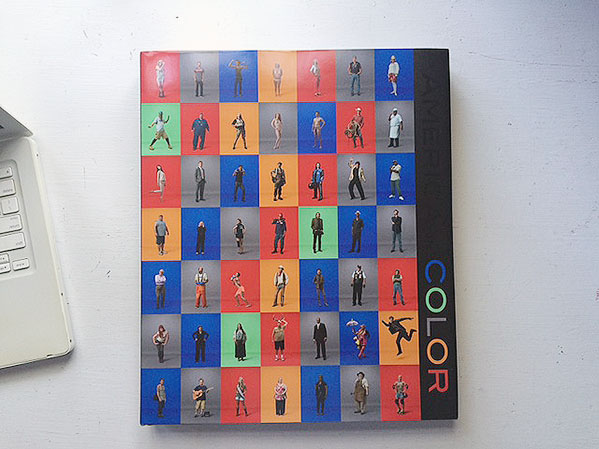
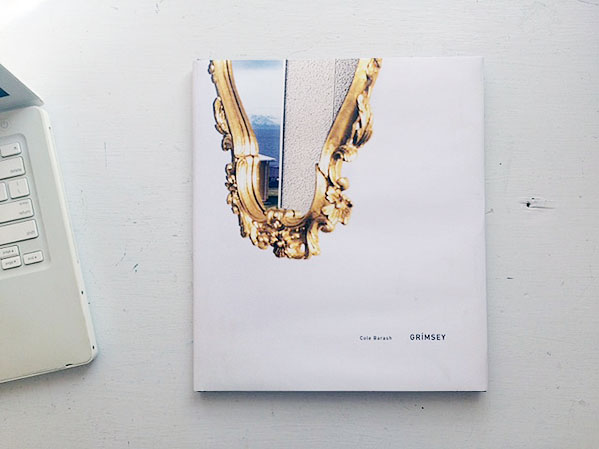
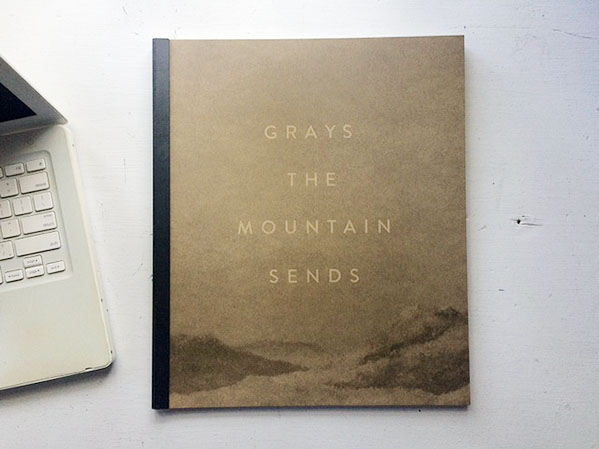
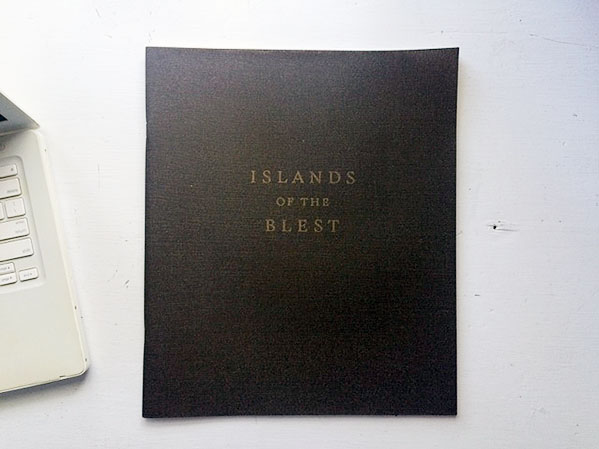
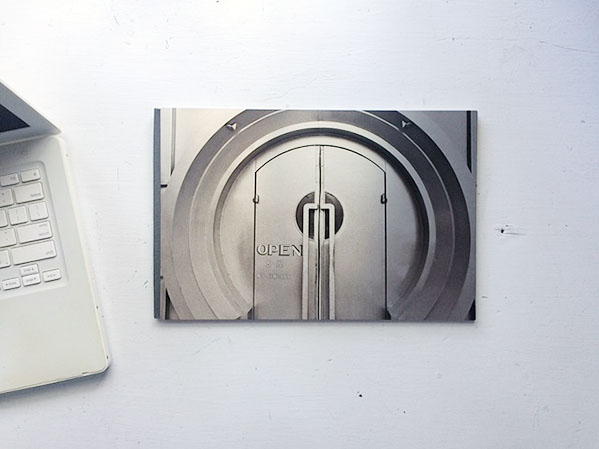
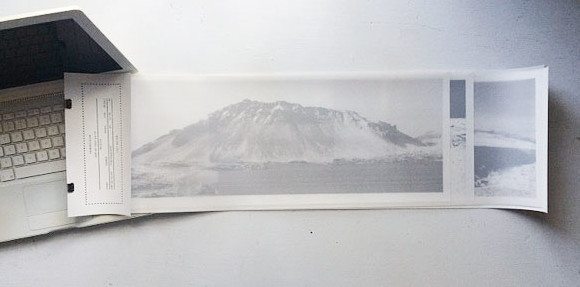


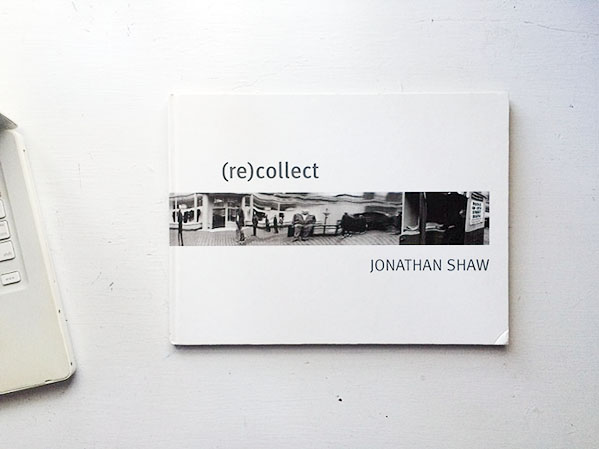


TrackBack URI